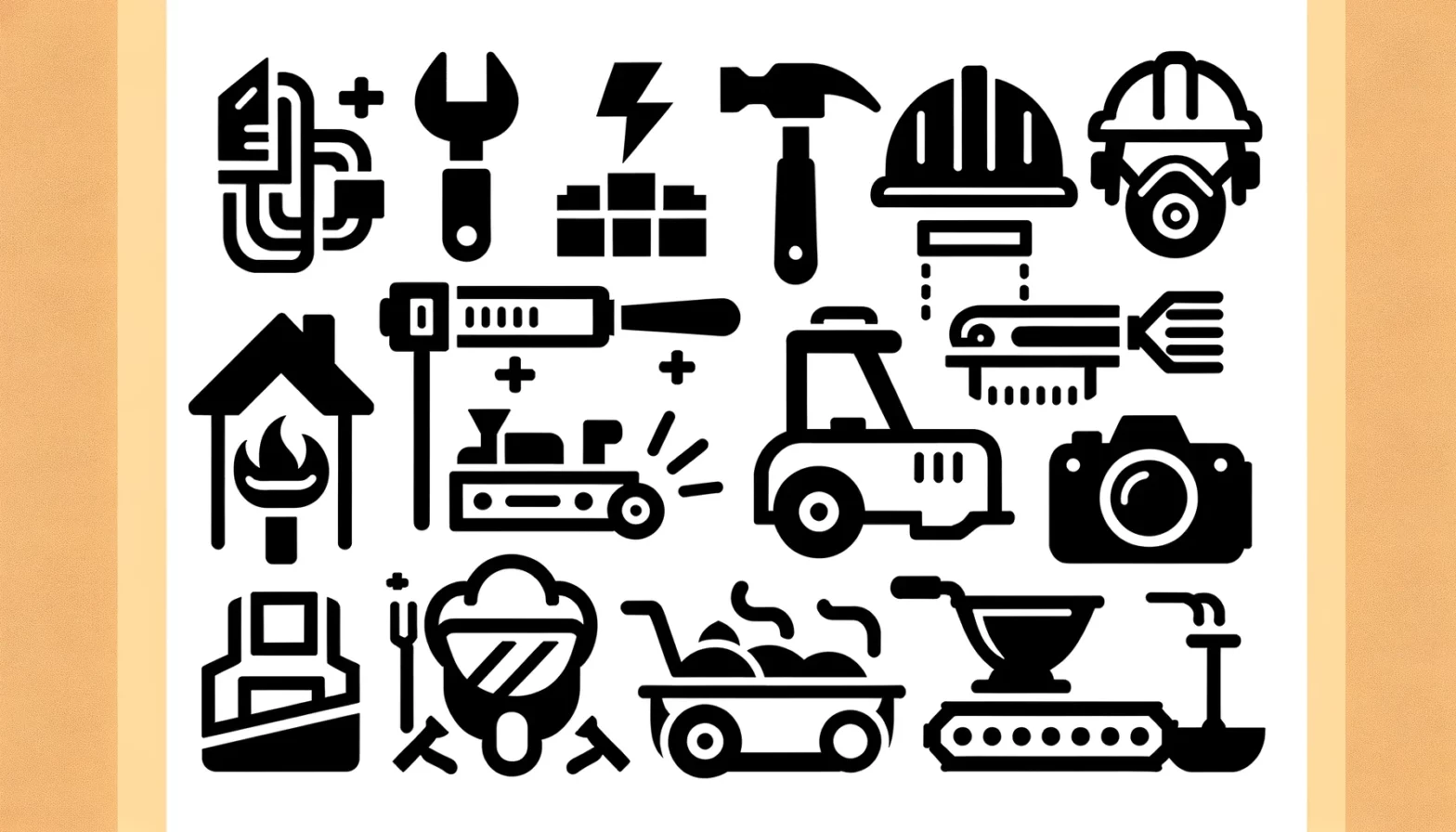Discover how the skilled trades industry can overcome labor shortages and embrace new technologies to thrive amidst growing demand.
Introduction to the State of the Trades Industry
The traditional path of higher education leading to a secure career is no longer the only route to success. In 2024, a unique phenomenon is unfolding. There is a surging demand for skilled workers in various trades, often requiring certifications or on-the-job training rather than four-year degrees. This blog post summarizes the state of the booming trades industry, exploring the driving forces, key areas of growth, and the implications for both employers and aspiring workers.
Industry Landscape
- Skills Gap and Labor Shortages: An aging workforce coupled with a decline in skilled trade apprenticeships has created a significant skills gap in many sectors. This gap, coupled with ongoing infrastructure projects and technological advancements, is fueling a surge in demand for qualified professionals in the trades.
- Technological Advancements: Even the trades are not immune to technological influence. From the adoption of building information modeling (BIM) in construction to the use of advanced diagnostics in HVAC systems, the industry is embracing technology to improve efficiency and safety [1].
- Increased Focus on Career and Technical Education (CTE): Recognizing the growing need for skilled workers, there’s a renewed emphasis on Career and Technical Education (CTE) programs. These programs provide students with the hands-on training and industry-specific skills needed to succeed in the trades [2].
Industry Growth Areas
- Skilled Construction Trades: Electricians, plumbers, welders, carpenters, and other construction professionals are in high demand due to infrastructure projects, a growing emphasis on renewable energy, and the ongoing housing market boom [3].
- Wind Turbine Service Technicians: The expanding wind energy sector is creating job opportunities for wind turbine service technicians who maintain and repair wind turbines at wind farms [4].
- Cybersecurity Analysts: With the ever-increasing reliance on technology, the need for cybersecurity analysts to protect computer systems and networks from cyberattacks is escalating.
- Medical Assistants: As the healthcare industry grapples with a workforce shortage, medical assistants who provide administrative and clinical support to physicians are in high demand.
Industry Challenges
Despite the positive outlook, the booming trades industry also faces some challenges:
- Negative Stereotypes: The trades are often stereotyped as low-paying, physically demanding, and lacking in career advancement opportunities. These outdated perceptions can deter potential workers from pursuing careers in these fields, particularly women [5].
- Wage Competition: In some sectors, competition from other industries for skilled workers can drive up wages, making it more challenging for smaller employers to compete [6].
- Safety Concerns: Construction and other manual labor trades can be inherently dangerous. Ensuring worker safety through proper training and adherence to safety regulations remains critical [7].
- Accessibility and Inclusion: The trades haven’t always been welcoming to diverse demographics. There’s a growing need to promote more inclusive workplaces and create pathways for women and minorities to enter these fields [8].
Impact on Employers
The booming trades present both challenges and opportunities for employers. Here’s a breakdown of key considerations:
- Recruiting and Hiring Challenges: Finding qualified workers in the competitive trades market can be difficult. Employers may need to adopt innovative recruitment strategies, such as partnering with vocational schools or offering competitive wages and benefits packages.
- Investment in Training and Development: With a growing emphasis on technology in the trades, employers may need to invest in training programs to equip their workforce with the latest skills and technologies.
- Building Competitive Advantage: Offering competitive compensation, promoting career advancement opportunities, and fostering a positive work environment can help employers attract and retain skilled workers in the booming trades[9].
Conclusion: Building a Future on Solid Ground
The skilled trades industry stands at a crossroads. On one hand, there’s undeniable growth, driven by infrastructure needs, a booming housing market, and a focus on sustainability. On the other hand, a persistent labor shortage threatens to stall progress. This blog post has explored the current state of the trades, highlighting the areas of high demand and the evolving skillsets required for success. It’s clear that the industry needs to bridge the gap between a shrinking workforce and a growing demand for skilled professionals.
The impact of these trends is multifaceted. Businesses face increasing competition for talent, potentially driving up wages and benefits for skilled tradespeople. Consumers may experience longer wait times and potentially higher costs for services. However, a more robust focus on attracting and retaining talent could lead to a revitalized industry with a focus on innovation and efficiency.
The future of the trades industry, like many industries, hinges on its ability to adapt. Embracing new technologies like automation and renewable energy solutions will be crucial. Additionally, fostering a more positive image of the trades, emphasizing the intellectual and creative aspects, can attract a wider pool of talent including women.
Collaboration between industry leaders, training institutions, and government agencies will be vital for overcoming the challenges and capitalizing on the opportunities. By investing in workforce development programs, promoting career awareness, and creating a more inclusive environment, the skilled trades industry can ensure a future built on a solid foundation.
Written by Lisa Meier with research support from Gemini AI.

